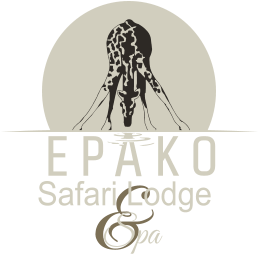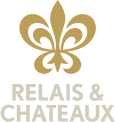
Activities in situ
Cheetah Rehabilitation:
EPAKO is a sanctuary for Namibia’s Cheetah population. Cheetah that are captured on farms further afield in the region by live stock farmers are handed
over to EPAKO for rehabilitation back into the wilds of the reserve. The Cheetah have to spend a period of time in our quarantine boma, and our guests
are able to visit the Cheetah boma at feeding times to get a close up look at the fastest mammal on earth! Two of the Cheetah in the rehabilitation
boma were born in captivity and as such cannot be released into the wild. Epako provides them with a secure and natural environment to call home for
the rest of their days.
Bushman Rock Art:
EPAKO’S location in Namibia’s Damaraland, means that it was home to San Bushman over the past thousands of years. EPAKO is fortunate to have
numerous San bushman paintings and rock engravings sites in a very good condition on the reserve. Based on other sites in the area, the age of the
engravings can be assumed to be between 800 and 3000 years old and the paintings to be at least 1000 years old.


The San people:
The Bushmen, properly known as the San people, were hunter-gatherers. The men hunted and the women gathered berries, edible leaves and roots.
They were semi-nomadic and their huts were simple shelters based on an overhanging bush, covered with grass. They lived in family groups and all
their food was shared. On the rock overhangs and on huge boulders, they painted and engraved.
For about 30,000 years, they were the sole inhabitants of southern Africa. They lived within the sustenance capacity of their environment and never
killed more animals than they needed. About 2000 years ago, migrants from the Bantu-speaking tribes from the north migrated here with their cattle
and sheep. The last four centuries of immigrants from Europe have completed the process of reducing the San to a small remnant. They now live in a
few communities in the north of Namibia and the north east of Botswana.
Their art expressed their religious beliefs. The central ritual act was the trance, induced by music and dance, through which supernatural power was
experienced. In such a trance, the medicine man could heal, predict rain and contact the other world where the spirits of their ancestors were.
In the trance, the medicine man was helped by the power of strong animals (Eland, Giraffes, Elephants), which also possessed supernatural powers.
Often the medicine man was transformed, becoming half man, half animal.
The San shared their world with the animals and respected them. Hunting scenes and common animals were very rarely painted. The aim today of
rock art researchers is to learn, through their knowledge of the customs and beliefs of the San, in order to understand the art from their point of view.
You can experience our very own San ‘Bushmen’ rock art sites when you visit our 11,000 ha private game reserve in Namibia.
Guided Hiking:
Get close to nature with our hiking trail perched on top of the mountains. Led by our well-trained Herero field guides, the half day or full day hikes are
well worth it with fabulous views over the African desert bushveld and a well-earned drink to enjoy on top of the mountain.

